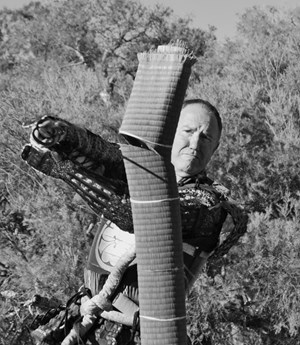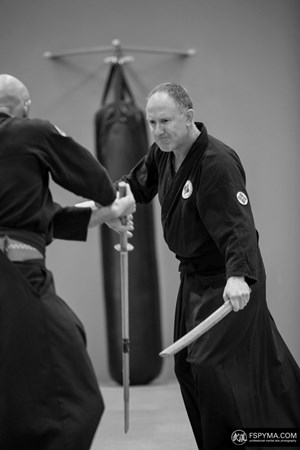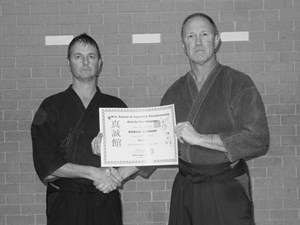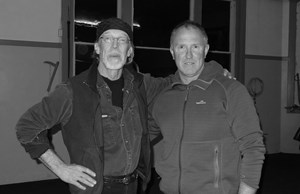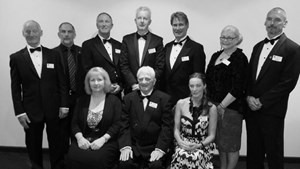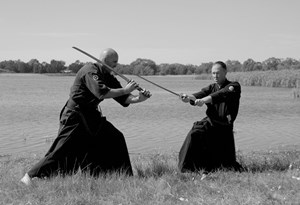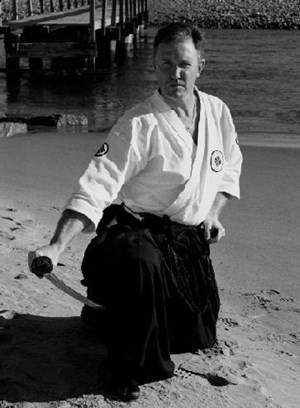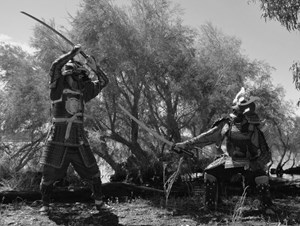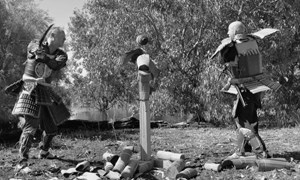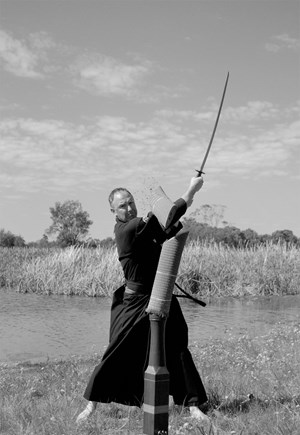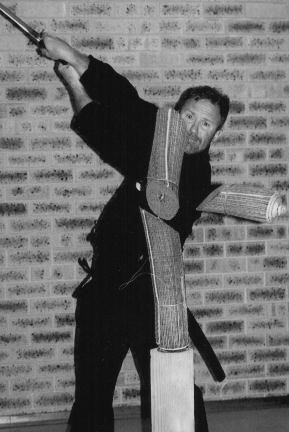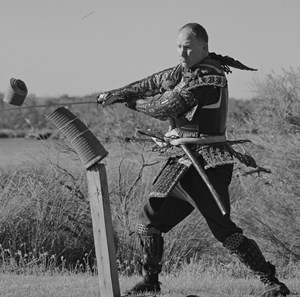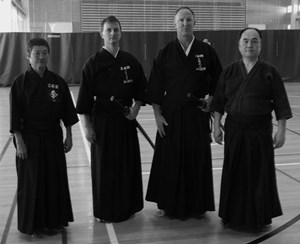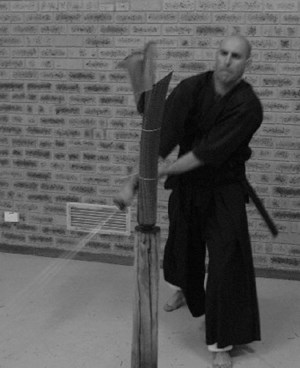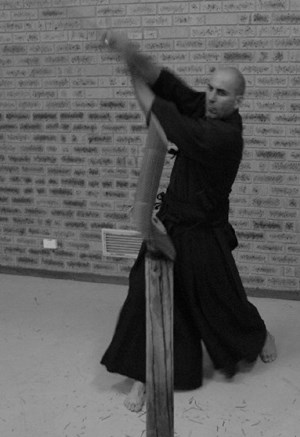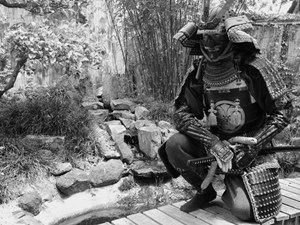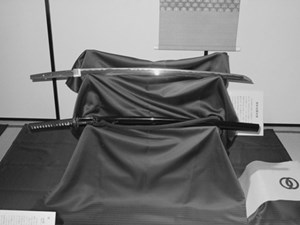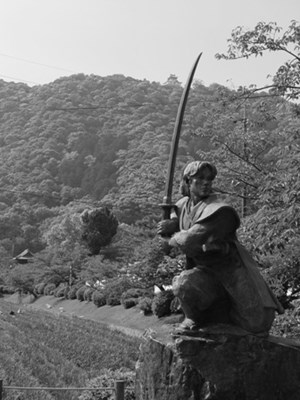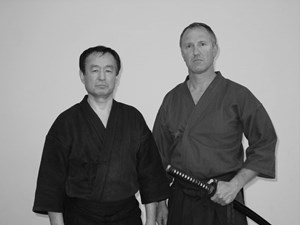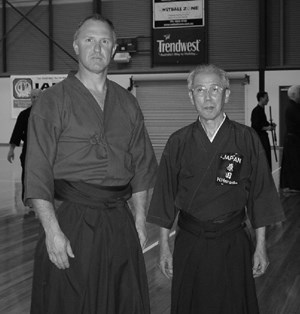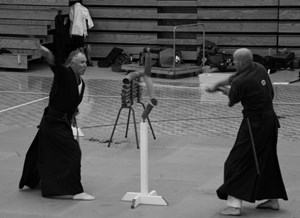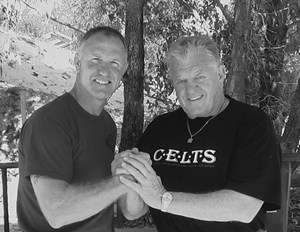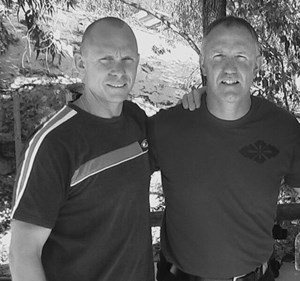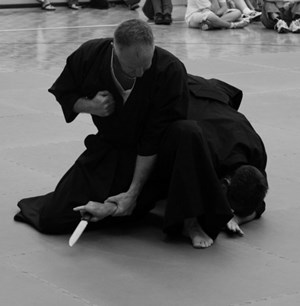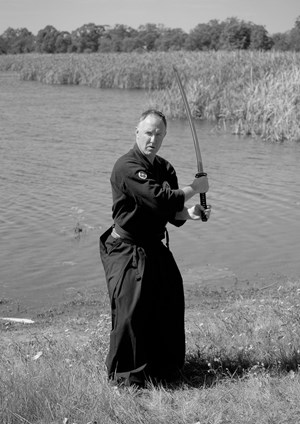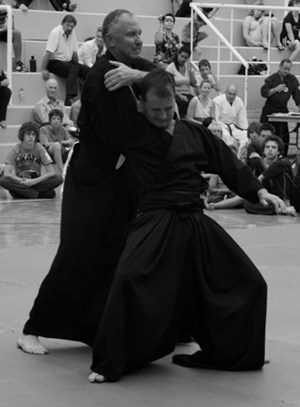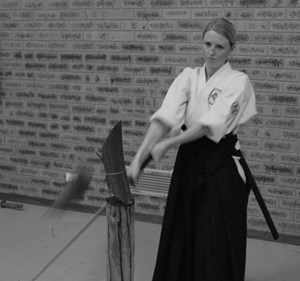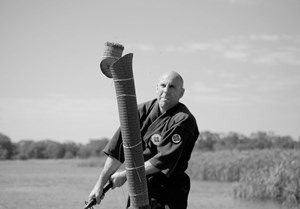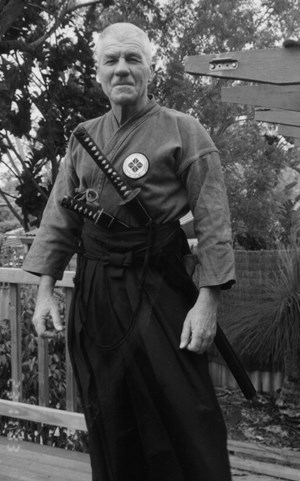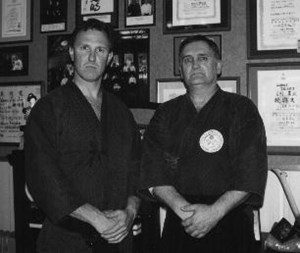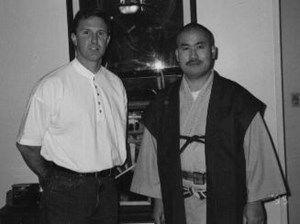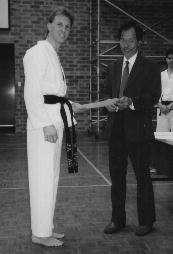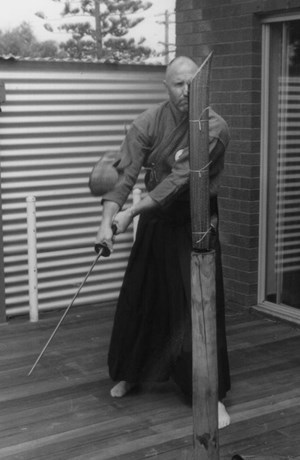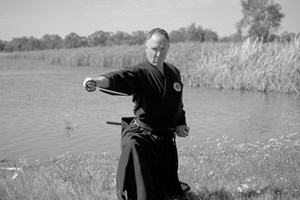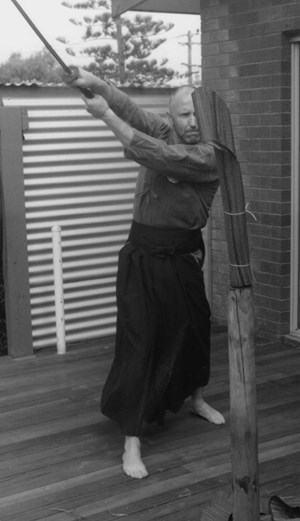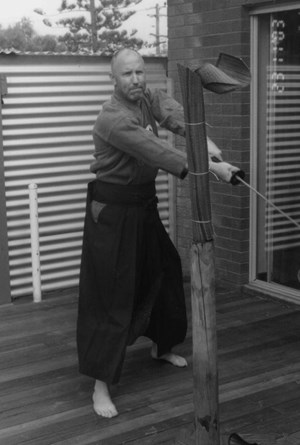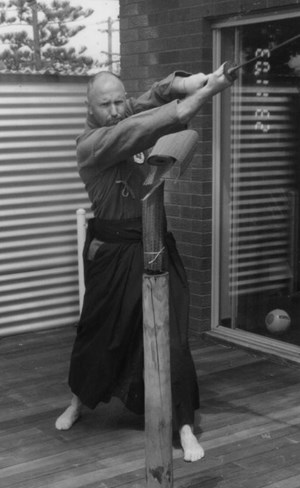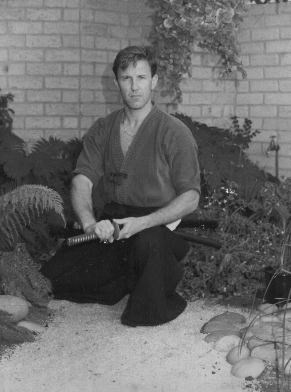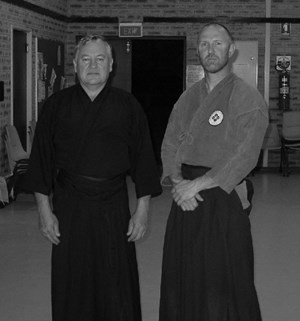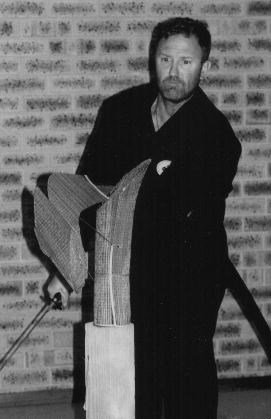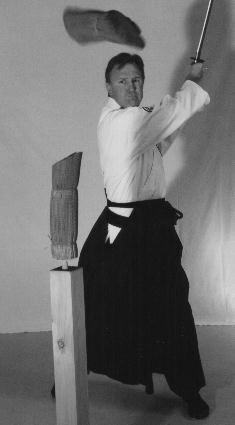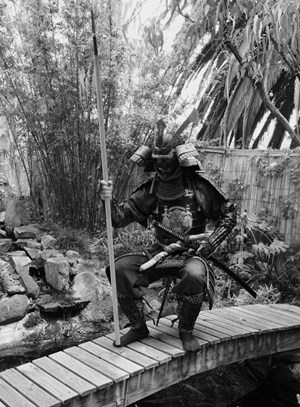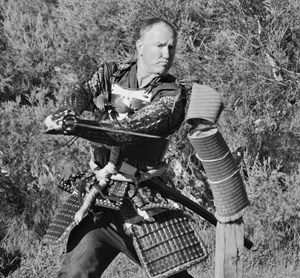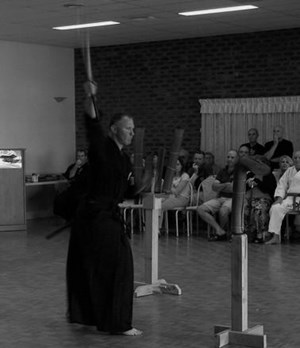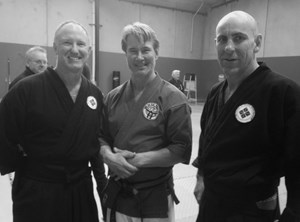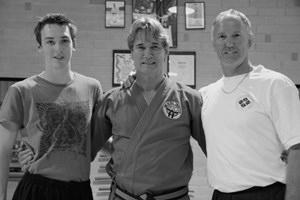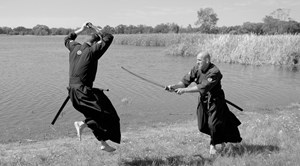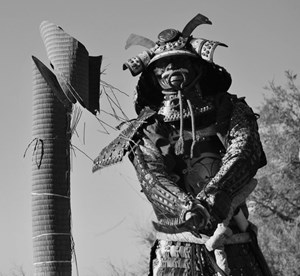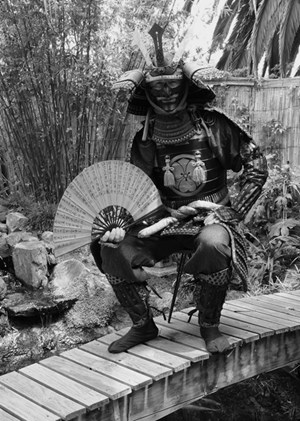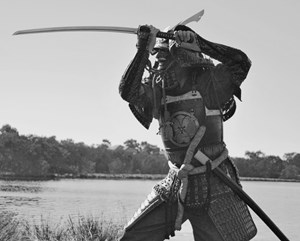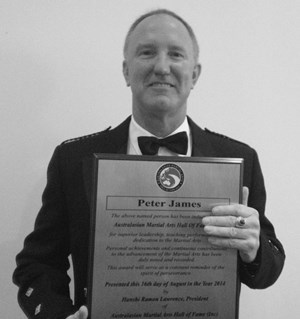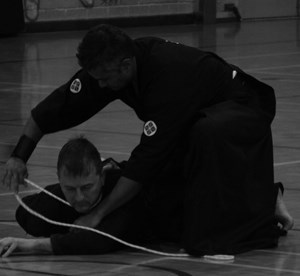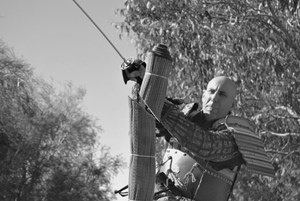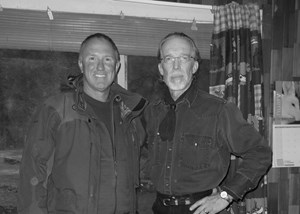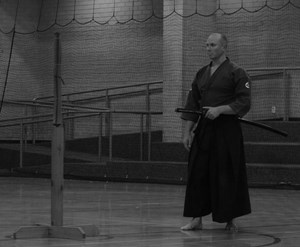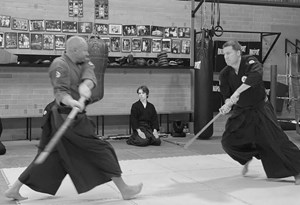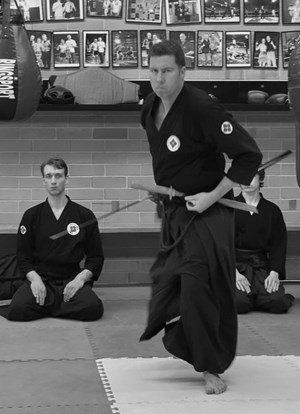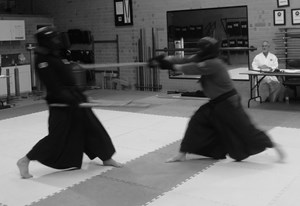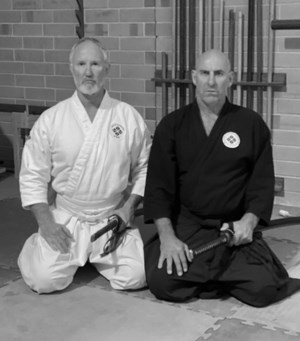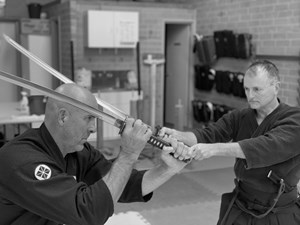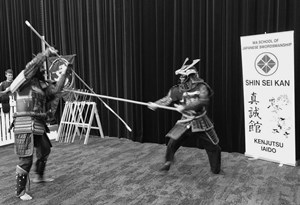Chaos and Order – can you live in the grey zone?
Chaos and Order - can you live in the grey zone?
Peter James March 2020
Executive Summary
Our consciousness is building a bridge between the chaos of the world and our interactions with it (the order we've created for ourselves). We do this through developing mental models and interpretive solutions based on our self-understanding, which is unique to each of us. We all see the world differently. These mental models save us from having to continually solve problems over and over again, we create a model and we overlay it as we 'predict' the problem or issue we see. In this way we create order in our world. But how do we select when to apply our interpretation of the world and to what extent? Between our order and the worlds chaos there will always be a gap, and in that gap lies a grey zone where we all have the opportunity to grow and develop. Some people will shy away from this, fearing the inevitable failure it will bring, other people are continually pushing through the barrier, opening up innumerable and endless possibilities. Where do you sit? Can you live in the grey zone, especially now when chaos threatens us at multiple levels?
Full Article
I've been reading Jordan Peterson's book '12 Rules For Life' - now I realise Peterson has the ability to polarize people and opinions so I'm not going to take that argument on. However, I was talking to my students about a particular aspect of his book, the gap between Chaos and Order. It has been expressed in many ways, one of the more common models talks about locus of control, influence and concern. Peterson says the gap between order and chaos is consciousness. Our consciousness is the process that mediates between the two, how we make meaning of our world, how we feel some semblance of control.
Daniel Kahneman tells us that the mind is a machine for 'jumping to conclusions', he suggests 'the nervous system consumes more glucose than most other parts of the body and effortful mental activity appears to be especially expensive …" (Kahneman, 2011). Bottom line is that we avoid thinking because it uses up too much energy, so the question is 'how do we avoid thinking'? We establish order and mental models through which we view the world and drive our feelings, thoughts and actions.
We want order in our lives, it saves energy, creates predictability and security, and helps us navigate our extremely complex environment. We have inbuilt filter systems that (subconsciously) only allow us to see, hear or feel things that already align with our version of 'order'. Chaos occurs when we encounter things that are outside our knowledge and understanding.
But wait, there's more, it's not as easy as that, its not all black and white. We all operate on a continuum, and when to switch off our current thinking, feeling and actions to interact with chaos and accept something new is unique to every individual and unique to every situation. This is nicely summed up by Einstein who said, 'doing the same thing over and over again and expecting a different result is the definition of insanity'. It's funny because to a certain extent, by that definition, we are all insane.
With our mental models, we try and make order of our chaotic surroundings and sometimes we force our version of 'order' onto chaos and it doesn't fit, like trying to stick a square peg into a round hole. Sometimes we try it, it doesn't work, so we try harder and harder, and we get more and more determined to make it work and it just won't. If you're lucky someone (like a good coach) might look over your shoulder and point out the suboptimal thinking in a way you recognise and then make appropriate changes; in the coaching industry we referred to this as 'a blinding flash of the bloody obvious'.
We are very good at seeing the very obvious events or circumstances where our understanding just does not give us the answers to chaos (divorce, car accidents, sickness, bankruptcy etc.), however, we are not very good at looking at our own continuum and understanding where we turn off our thinking, understanding, solution, response, or processes at the right and appropriate time and expose ourselves to learning something new. As the poet and aesthetic philosopher Samuel Taylor Coleridge said in 1817, 'a willing suspension of disbelief'.
One of my favourite sayings is from Tracy Goss (2009), she suggests there is a Universal Human Paradigm which says: "There are ways things should be and ways things shouldn't be and if they're not, then there is something wrong with me, them or it". In other words, our own mental model defines for us what is and isn't and then allows us to lay blame (create order and meaning).
So, what is learning? The endless movement towards making sense of the chaos.
As I began, I was speaking to my students last week (one on one of course, in accordance with the current social distancing restrictions). My point was that some people draw a very solid line between their understanding of order and the chaos. When something that they cannot fit into their understanding occurs, they get frustrated and angry and they close down, spit the dummy, refuse to participate or cooperate. On the other hand, other people understand there is a very wide grey area between order and chaos and in that area is opportunity for new learning and understanding. These people are continually pushing themselves into the grey area whilst others are actually retreating from it. The retreaters are seeking protection in a world they want to understand their way, on their terms. It doesn't work that way.
I speak to students continuously about forced and unforced errors (I like to use the analogy of a tennis game), unforced errors can be addressed through training and focus, they are the errors we make ourselves. However, when you move into the grey zone, it is external factors that start to deliverer input that force you to make errors. This is the learning zone. Sadly, many people do not see this, they try to avoid making any errors or mistakes and if errors are forced on them by external factors they withdraw from the game, thereby missing an ideal opportunity to learn. It's the outliers, the things that happen outside of our constructed order the expands our knowledge and understanding. I tell my students to look for and embrace those opportunities because that is where the development and learning lies. Doing the same thing over and over again perfectly and not stretching yourself is stagnation. Stagnation does not have a happy ending.
An interesting article I was reading this morning asked "Why Do People Believe Conspiracy Theories" (Ludden 2018) and his conclusion was that conspiracy theorists are looking for:
- A desire for understanding and certainty
- A desire for control and security
- The desire to maintain a positive self-image
So rather than live with ambiguity (chaos) or open their understanding to something new, the answer is to retreat into themselves.
My classes are in Japanese Swordsmanship, and my students are martial artists, so I'm going to relate my example to that training. In martial arts, we learn a set of techniques and these are learned in an environment where as many variable as possible are removed. This means a steady even floor, a complete understanding of the attack (angle, speed distance etc.) cooperative partners, controlled environment and enough time to learn and practice the response. But even under these circumstances the movement is not 'locked' down nor 100% repeatable - there will always be variables, this is very well parodied by Jim Carrey in his short skit - Karate Instructor (YouTube), where his main complaint is that his student "is not attacking him right". Carrey shows us that when you take a technique into a more complex environment (removing predictability) things go wrong. The same is true when you advance into a set of movements (called a Kata) and then into sparring, you increase the number of possible variables. In Kata, we are in learning mode, so we adapt to the small changes and we increase our knowledge. In sparring we are adding more and more complexity and chaos, but still limiting it, but its purpose is to extend us into the grey zone. These learning techniques are still a long way away from any practical application of a technique. However, increasing the variables means we are now in the grey area between order and chaos, you're in a place where you know something about what is going on, but not everything and what you're trying is not working. Pushing this will lead the options of fight or flight. Flight will teach us nothing, indulging in the discomfort of fight opens opportunities to learn.
Donald Trump is famous (or infamous, depending on your view point) for running into this grey zone with mindless optimism and complaining that the world is coming at him the 'wrong way' and that he's surrounded by idiots, and it's all fake news etc. etc. Donald Trump is renowned for making this approach work for him and Scott Adams wrote an intriguing book on Trump's techniques for negotiation called "Win Bigly" with a subtitle "Persuasion in a World Where Facts Don't Matter". It is amazing how far he has gone with this approach, but for the rest of us we are not able nor even want to achieve these feats (call them for what they are). Never being wrong means never learning.
Taking a technique you've learned and even the whole curriculum of learning then put it into a chaotic environment is a whole new exercise. In martial arts, that would relate to going into a real fight (for you it may compare to starting your first job after years of being a student). There are countless stories of senior martial artists losing fights to street thugs and those not 'classically trained' because the situation did not meet the martial artists view of order and they were not fast enough in adapting. In the days of duels when men squared off against each other with swords or pistols, these unorthodox and untrained people where called the 'ignorants' and they inflicted as much damage as those who were classically trained, if only because of a lack of predictability (not working within the established order, calling on chaos).
So, moving into a real fight scenario will mean taking what you already know, keeping an open mind, and trying to adapt as quickly as possible to what is happening around you as it unfolds, looking for things you can predict and trying to get ahead of that the game. For those of you in business, does that sound familiar? My fencing instructor defined timing to me as 'being in a position to take advantage of an opening 'as it occurs' - the key being 'as it occurs' - if you see the opening and move towards it you're too late. You don't go into the grey zone between order and chaos without conquering that fear of failure because, at some point, failure is inevitable, and that will be a great learning opportunity. Sadly many won't see it that way. Some see failure as something to shy away from, never to be risked ever again. If you want to grow you need to be continually extending your understanding and self-made order into the world of chaos, seek and embrace failure - that is learning. Musashi (the famous sword saint of Japan) once said "if you are not feeling challenged and frustrated, you're not learning". A famous saying in martial arts circles is "get knocked down 7 times and get up 8".
We have now all been thrown into a situation where is it chaos, the order we build around our world is not answering all our questions and we are all having to adapt, change, accept and learn. Everyone from our country's leaders to the man on the street, no one is escaping this. The Coronavirus will change many things forever. How wide is your grey area? How black and white are you? Do you have capacity to live in ambiguity and use innovation and learning to continue to grow, or are you always reframing the world in your own definition of order and holding yourself back? The grey zone is frightening and full of opportunities to fail, but it is also the only path the growth and presents as many more opportunities for success. Expanding your area of control, in turn, expands your area of influence which shrinks your area of concern. With the right attitude, anything is possible.
